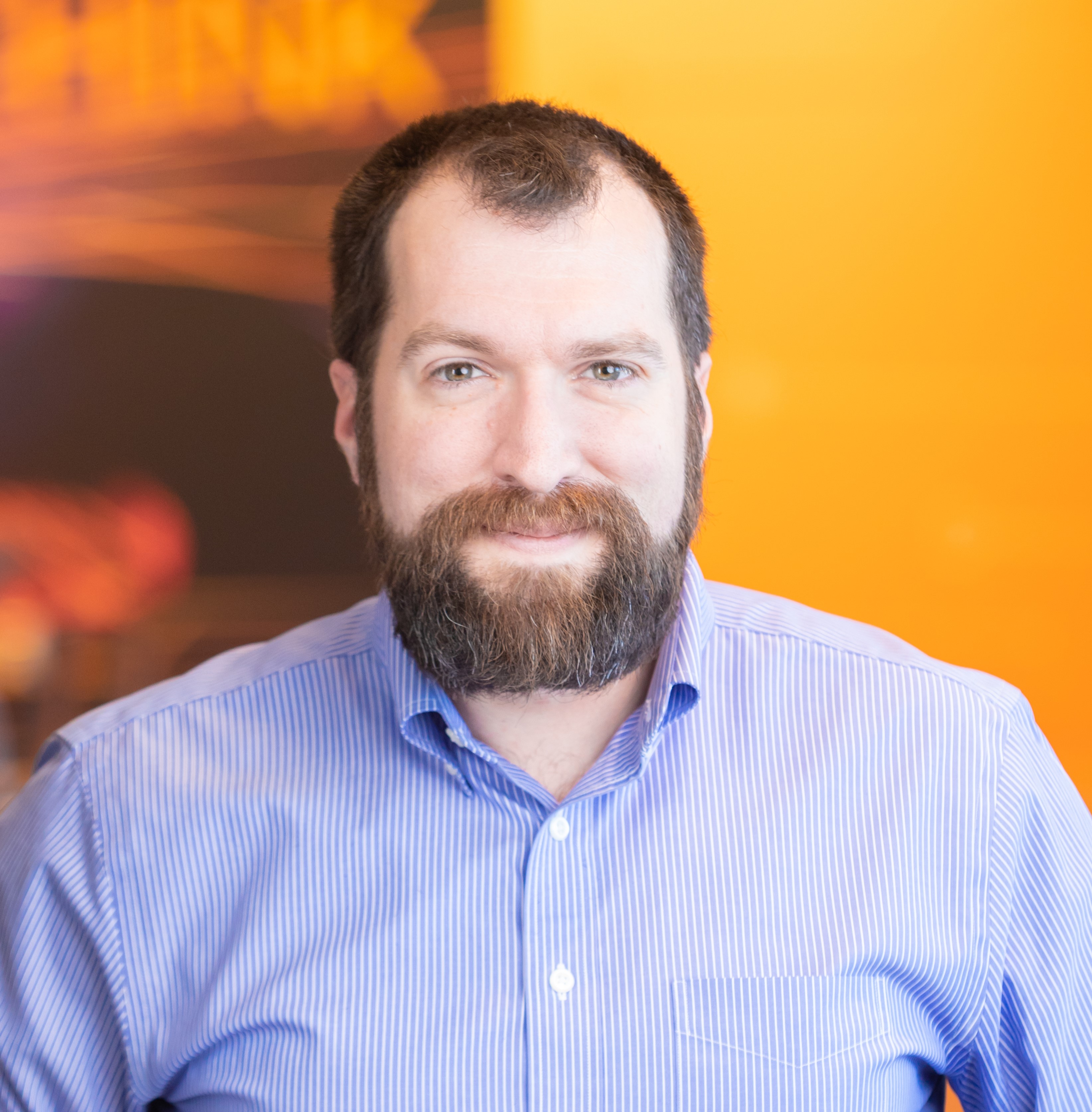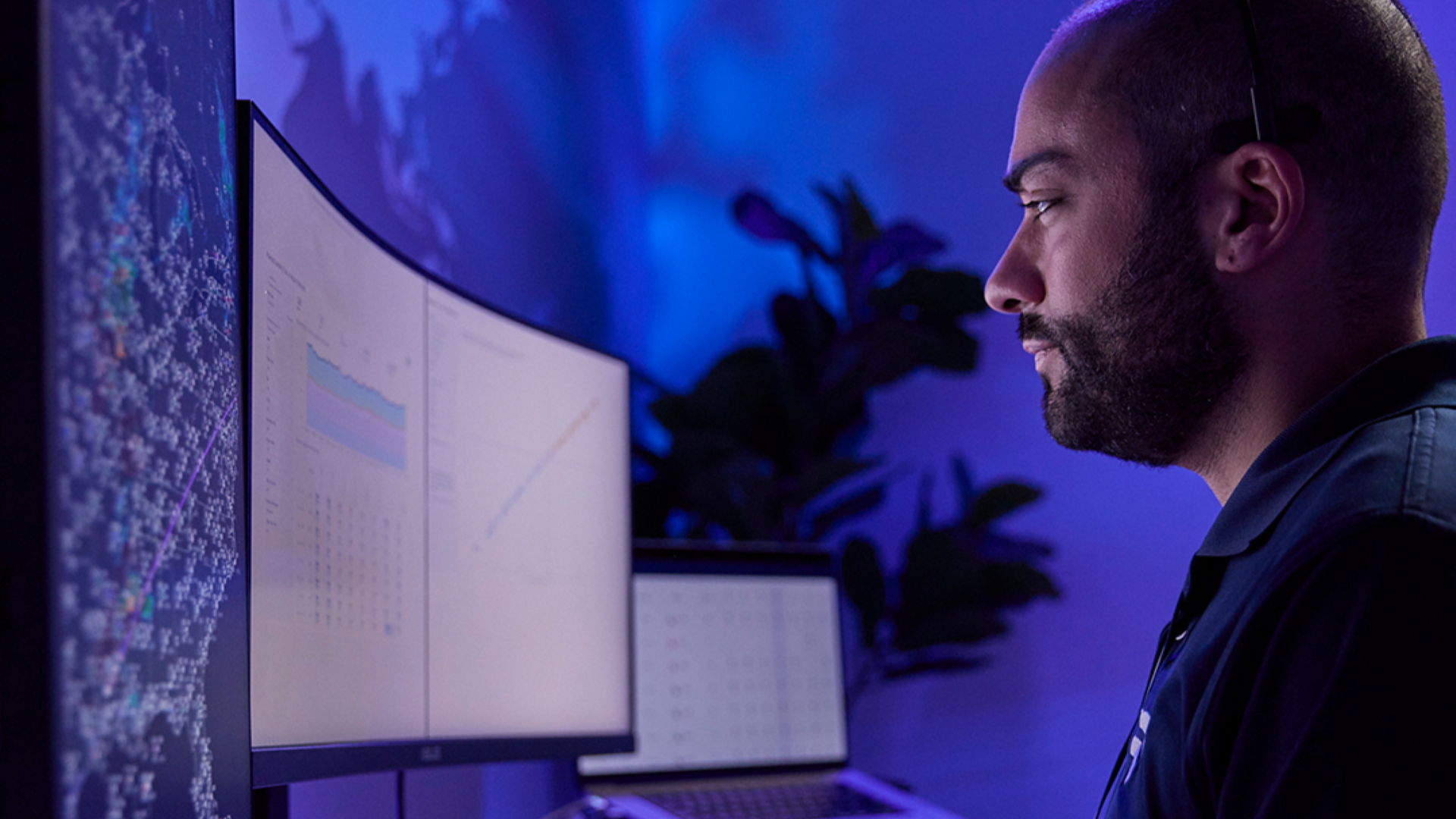Squad Goals: GE Aerospace Brings Safety-First Mindset to AI Consortium
October 09, 2024 | by Chris Noon
There’s no doubt that artificial intelligence (AI) has transformed the way we all live and work, whether it’s the machine learning (ML) algorithms that help drivers calculate their fastest route to the airport or the computer vision systems that assist doctors in diagnosing cancer. GE Aerospace is no stranger to AI. For years the company has been harnessing the technology to inspect the blades that run in the hot section of its engines to look for the tiniest flaws, and to generate insights for pilots, allowing them to reduce their carbon emissions even as they improve their flight operations — among many other applications. Indeed, GE Aerospace is one of the aviation industry’s top AI patent holders.
While the company takes pride in its AI credentials, one thing has never changed. “Safety is still our number one priority,” says Paul Ardis, GE Aerospace’s technology manager for AI and computer vision technologies. “That goes for when we’re talking about AI or any other technology.” Ardis notes that an aircraft with an engine manufactured by GE Aerospace or one of its partners takes off every two seconds, which confers a special sense of responsibility. “We’re committed to the safe and ethical advancement and application of AI in aerospace,” he says.
That’s the mindset that GE Aerospace brings to the table of the AI Safety Institute Consortium (AISIC), the 280-strong group of companies created earlier this year by the National Institute of Standards and Technology (NIST). GE Aerospace, which officially joined AISIC in September, is perfectly aligned with the consortium’s goal to develop science-based guidelines and policies that promote the safe and responsible use of AI.

The company’s rigorous governance practices for AI prioritize a methodical, structured approach to selecting trusted and transparent data, which allows for a full understanding of AI’s insights and actions. They also emphasize the importance of including a human in the loop. Take the blade inspection tool in GE Aerospace’s maintenance, repair, and overhaul (MRO) shops, which guides the selection of Stage 1 and Stage 2 high-pressure turbine blade images in the GEnx engine, allowing human technicians to inspect faster and more accurately. This helps in obtaining consistent images, a key input to building better predictive models.
GE Aerospace’s Commitment to Ethical, Safe AI
GE Aerospace, which has long played an active role in ensuring safe and ethical AI development, has more than doubled its investment in AI technology over the past decade. Last year, in response to challenges faced by both the National Aeronautics and Space Administration and the Federal Aviation Administration, engineers at the company authored a report that outlined a new approach to certifying aerospace digital systems that harness AI and ML. And earlier this year, GE Aerospace provided a glimpse of the future when researchers successfully integrated generative AI with computer vision to demonstrate a system with childlike learning capabilities. There, the goal was to develop robust AI agents that can react to unforeseen circumstances and are trusted by their human counterparts, allowing for collaboration in a wide variety of work-related tasks.
To keep an eye on its AI development, GE Aerospace boasts an 18-member AI Board, which meets at least once every fortnight; the board will provide frequent feedback to AISIC. “We have a Slack channel, and that enables the members of the consortium to raise issues that we can then discuss at meetings,” says Ardis. And communication with AISIC, which brings together developers in industry, government, academia, and civil society organizations, will be a two-way street. “In turn, we’re eager to learn from the consortium how we can continuously improve our management of new AI developments and applications,” he adds.
Already on the agenda, says Ardis: GE Aerospace will be a member of AISIC’s joint task force that studies AI model misuse, its risks, and how to avoid them. “We make engines that account for a large chunk of commercial passenger air traffic, so we’ve got to be 100% sure about all of the improvements we make,” says Ardis. “There really is no room for error.”





